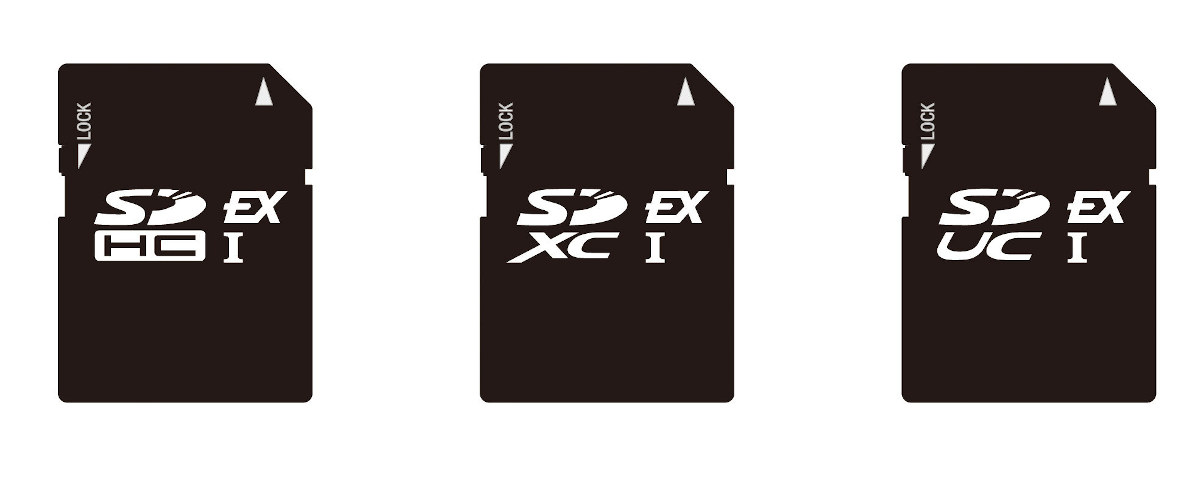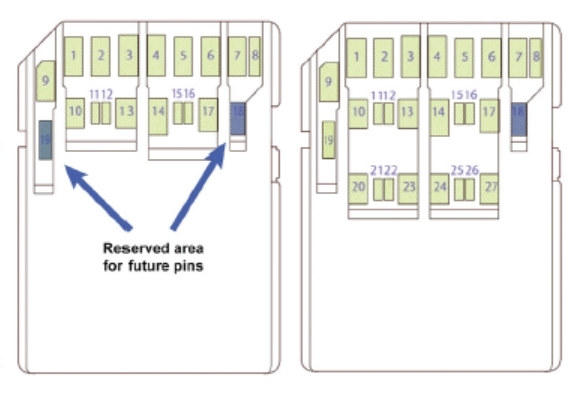The SD Association seems to be releasing new specifications faster than the industry and consumers can pick up. In June 2018, the SD 7.0 specification added SD Express cards with PCIe and NVMe interfaces for theoretical transfer rates up to 985 MB/s, followed by SD 7.1 specification in February 2019 adding SD Express to MicroSD card as well.
The just-published SD 8.0 specification ups the ante further with SD Express now supporting dual-lane PCIe 4.0 with transfer rates up to 4GB/s.

The new higher bitrates will be used for data-intense wireless or wired communication, super-slow motion video, RAW continuous burst mode and 8K video capture and playback, 360-degree cameras/videos, gaming systems, multi-channel IoT devices, automotive devices etc… SD Express will be offered on SDHC, SDXC, and SDUC memory cards.
SD 8.0 specification provides two transfer speed options for SD Express memory cards with either:
- PCIe 3.0 x2 or PCIe 4.0 x1 architectures for up to ~2GB/s sequential data transfer
- PCIe 4.0 x2 technology for up to 4GB/s transfer rate.
SD Express cards offering PCIe 4.0 x1 architecture use the same form factor as defined for SD 7.0 specification cards with a second row of pins to deliver transfer speeds up to 2 GB/s, while SD Express cards supporting dual PCIe lanes (PCIe 3.0 x2 or PCIe 4.0 x2 technologies) have three rows of pins.
A quick search on Amazon shows SD Express card based on SD 7.x spec. are still not available to the general public, but an interview from last year with Mr. Yosi Pinto, chairman of the SD Association, indicates such cards and hardware that fully support those may become available sometimes in H2 2020.

Jean-Luc started CNX Software in 2010 as a part-time endeavor, before quitting his job as a software engineering manager, and starting to write daily news, and reviews full time later in 2011.
Support CNX Software! Donate via cryptocurrencies, become a Patron on Patreon, or purchase goods on Amazon or Aliexpress





